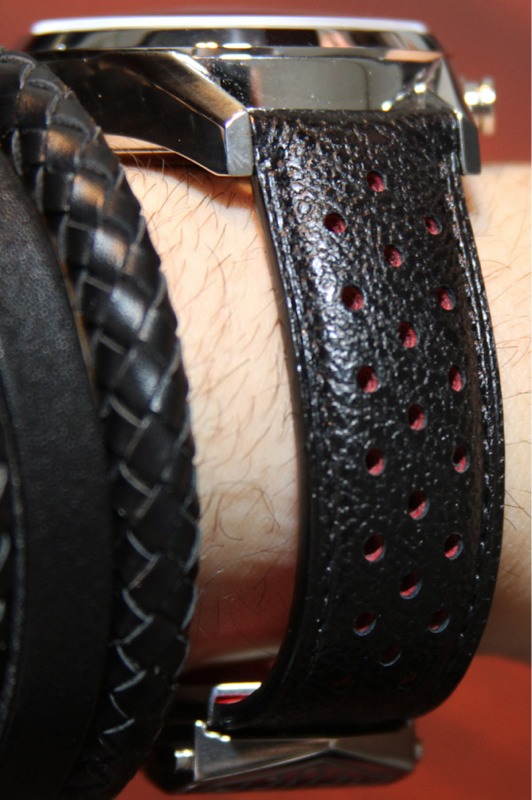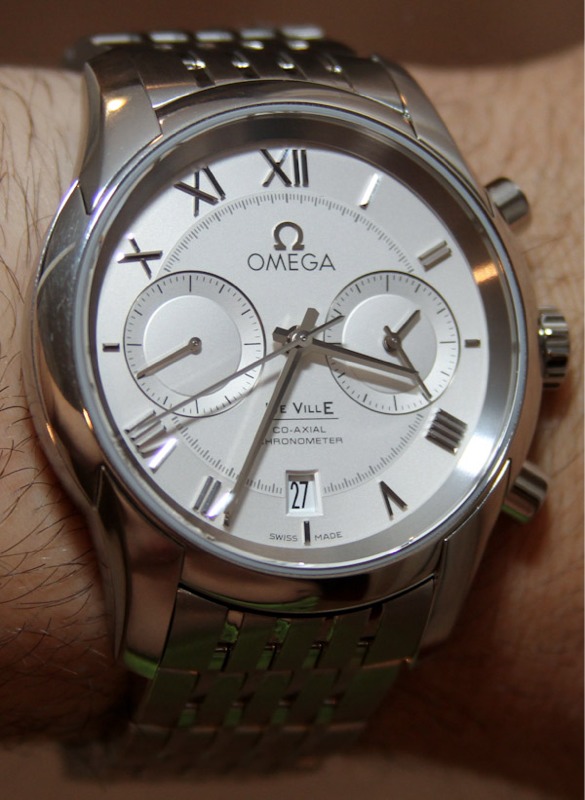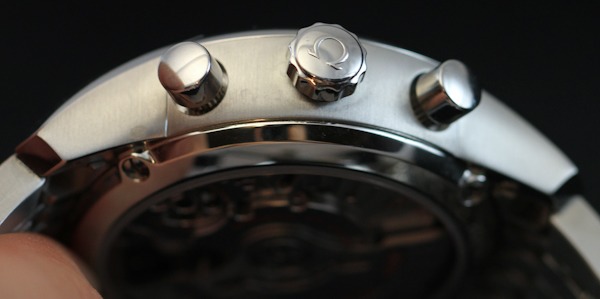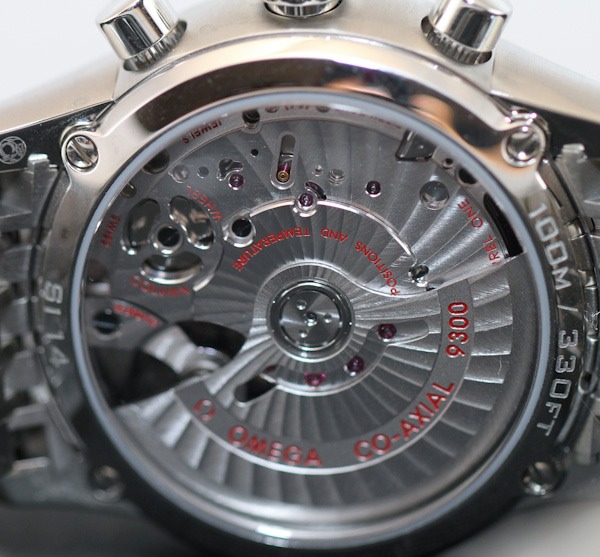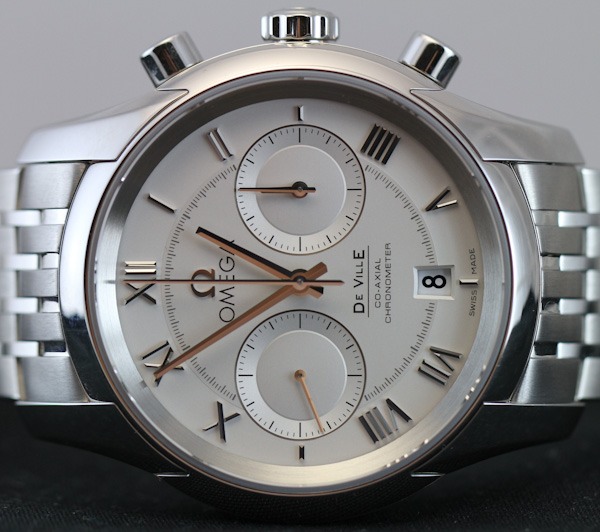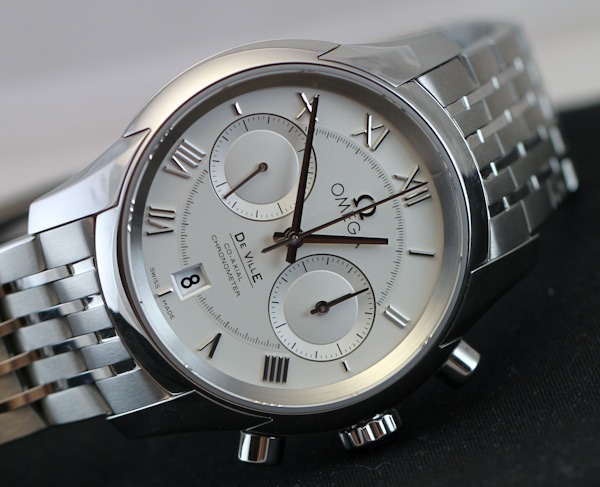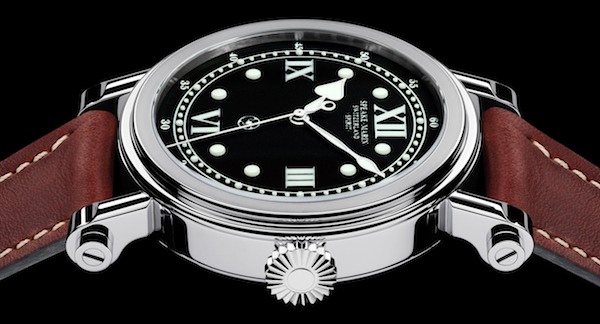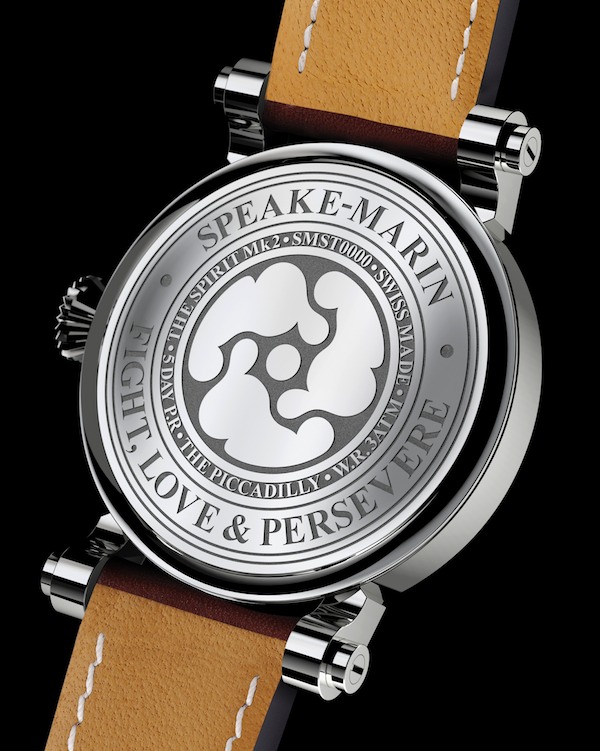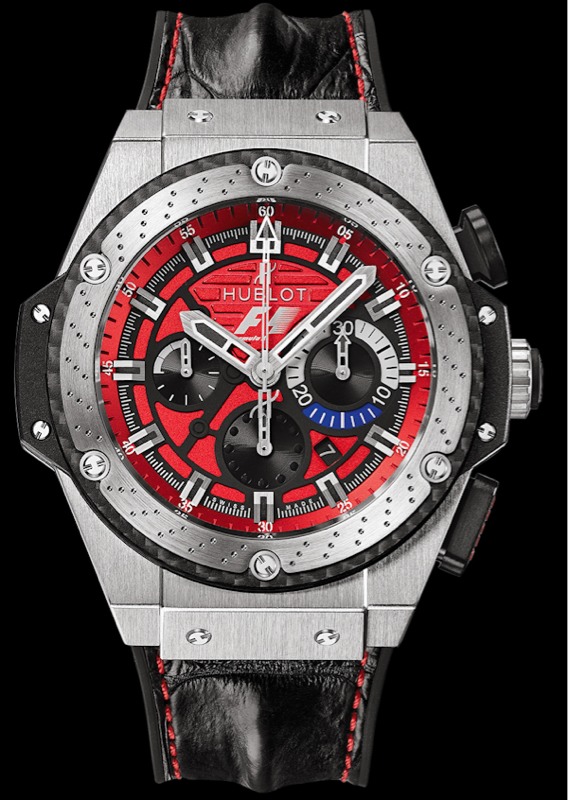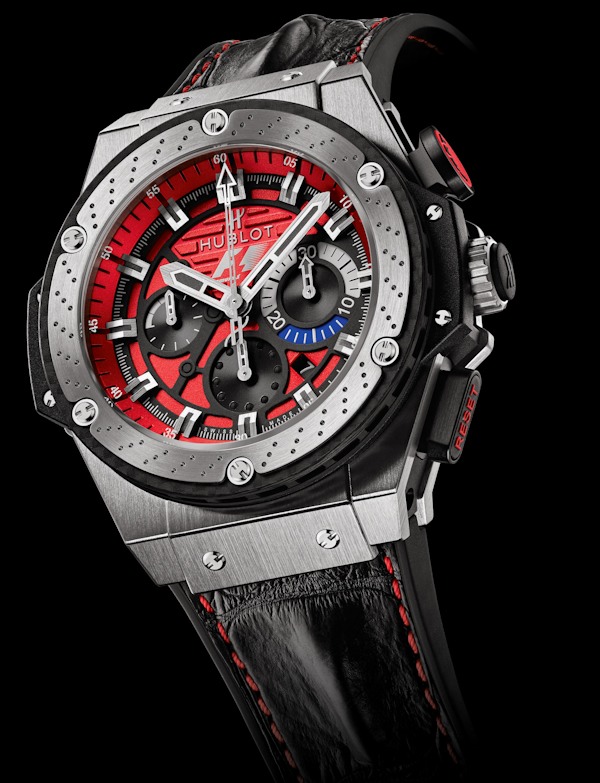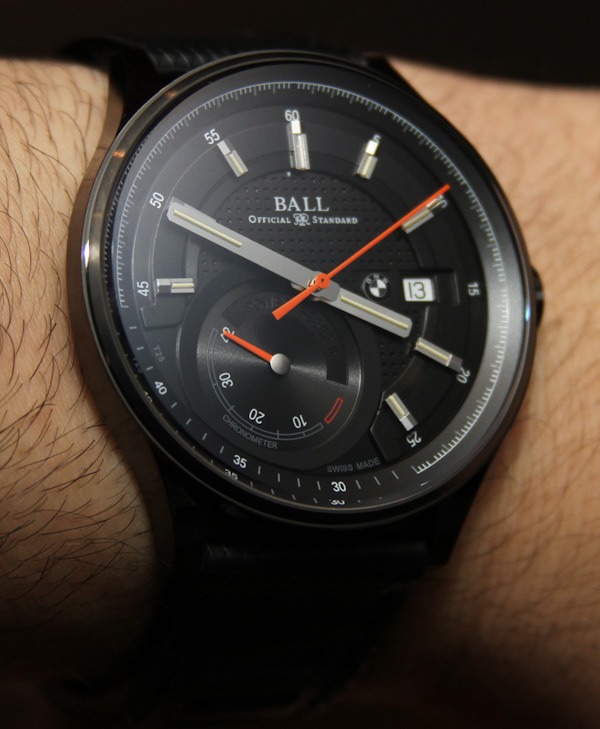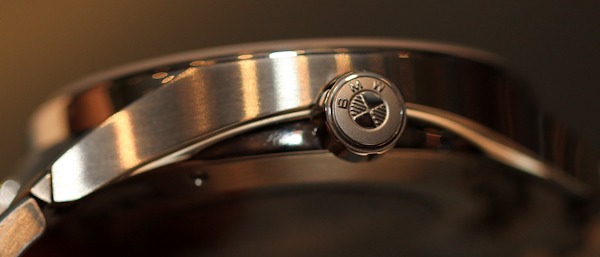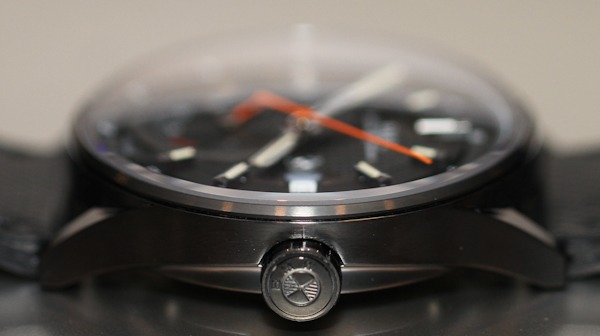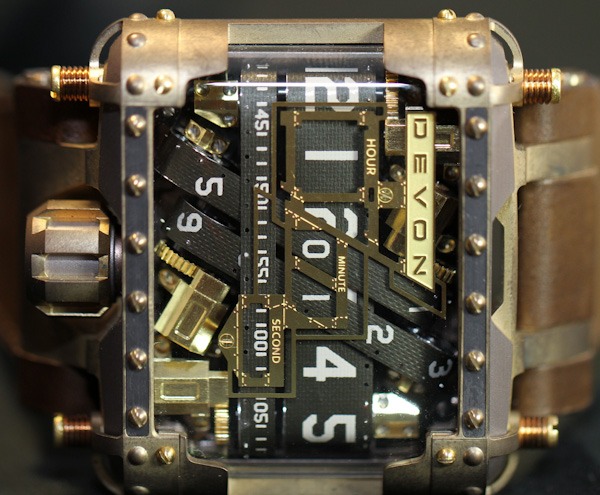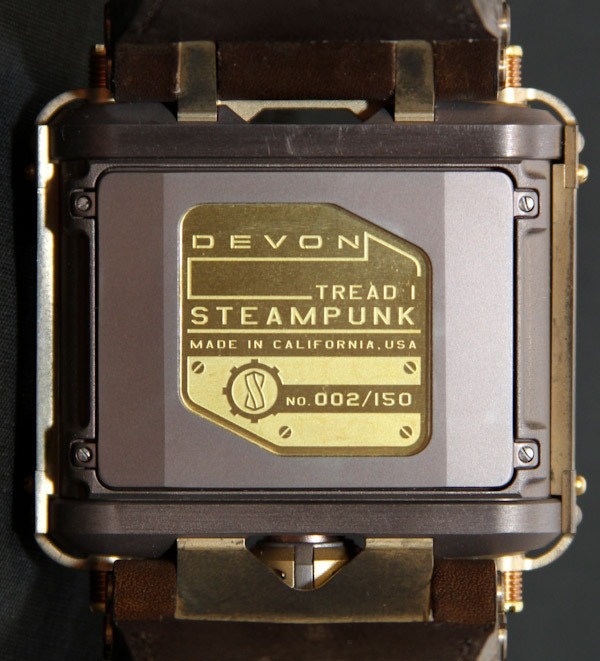
Written by Michael Maximilien
The Breitling Navitimer 01 is the first Navitimer with the new in-house Breitling B01 movement. The Navitimer is maybe one of a handful of original classic aviator watch designs and Breitling can claim that it's the only wristwatch chronograph in continuous production for more than 50 years. With the B01 movement, Breitling has recently extended the guarantee of the Navitimer 01 to five years from the typical industry standard of two years.
Another important historical fact is that the Navitimer was first released around the time of the invention of the automatic chronograph (late 60s) in collaboration with brands like Heuer, Hamilton, and Zenith. And like all Breitling watches, the Navitimer 01 is certified C.O.S.C. However, it is fair to ask what makes this watch special and deserving of your horological time and passion and of maybe your emotional and monetary investments?

Well, like most Breitling watches, it has a certain "bling" to it and that makes it easily noticeable. Part of the reason is that Breitling uses a highly polished steel case and the classic Navitimer fluted ring on the bezel. However, this Navitimer does have differentiating touches from previous versions.

First, what has not changed is the patented Breitling style and super busy dial that somehow remains legible. The dial is black with three silvery white subdials and a silvery white slide rule ring at the periphery that turns smoothly with the bezel yet with also a measured resistance. Like all Navitimers, the dial includes three concentric rings of markers that essentially transforms the watch into an analog computer. If you know how to use it, that is...
Using the slide-rule (the bezel) and the chronograph function, one can measure average speed and productivity rate, perform various calculations such as currency conversion, multiply and divide numbers, calculate ground speed and miles per minute, calculate rate of climb or descent, gas consumption, and of course elapsed time. Using the bezel and the current position of the sun in the sky, you can also use the Navitimer as a compass. And, if this was not enough for your analog computing pleasures, the solid caseback includes, along with the unique serial number of the watch, a Celsius to Fahrenheit table to easily convert temperatures. A recent post (How to Use a Watch Bezel Slide Rule) this summer on aBlogToWatch.com explained how to use these types of computing bezel slide rules.
Two really nice touches on the busy dial are first the brand's anchored B-winged logo applied and raised in yellow gold and second, a surprisingly great, yet minimal, application of Super-LumiNova. The lume is applied on the hour and minutes hands and applied as square dots on the hour markers. While at first you would think that this won't make a difference in night legibility, it actually results in a dial that is quite legible in the dark. You only need to charge the lume for a few minutes and voilà, you can tell the time in the dark for a few hours. The date window (not lumed) between 4 and 5 o'clock integrates nicely with the dial and subtly, yet visibly, shows the date in white with a black background.
But what maybe is the most important aspect of this Navitimer and also explains the nice, short, 01 moniker is the movement. It's the first Breitling manufacture movement, the B01. This is the same movement used in the Chronomat B01 and other newer Breitling models. That same movement is also the basis for the Breitling B02 and B03 in-house variations. It is a classic column-wheel chronograph design which is typically agreed by most to be a better design for a chronograph than alternatives like lever or cam actuated movements. While being a common design and not revolutionary, creating a new completely in-house column wheel chronograph is no small feat and pushing the guarantee to five years shows the brand's confidence on the reliability of that new movement.

Additionally, the 01 movement has a quick date change feature as well as a hacking second. On top of this, you get almost three full days (70 hours) of power reserve. Well done Breitling, and welcome to the league of true timepiece manufactures.
The chronograph is the classic two-pusher type with a start/stop button and reset button. The feel on the buttons is measured with a satisfying click. At first it might appear a bit too hard but it is done really well since that resistance will help guarantee that the buttons are pressed only when you want them to.
When started, the distinctive red seconds arrow hand with the anchored B-logo counter balance, moves around the dial in micro steps and the minutes counter at 3 o'clock only moves one position at the 60 seconds marker. The hour tally at 6 o'clock counts up to 12 hours and moves slightly between the hour markers indicating 15, 30, and 45 minutes for the current hour count.
Another nice touch is that the hands for each of these tally subdial is done in the same shiny stainless steel as the case, however, the background is silvery white with a radiating pattern that contrasts well with the black dial and silver hands. The result is a watch with a really distinctive look, especially since the rotating slide rule background is also of that same silvery white finish. Truly an elegant, unique instrument style, that is recognizable from a crowded chronograph pilot watch market…


The most understated part of this Navitimer 01 is also one of my favorite features, the strap and excellent folding clasp and buckle. The black calf leather strap is padded and has a really nice heavy white stitching that matches well the black/white dial. The leather is soft but yet thick and the padding makes it very comfortable once adjusted.
Adjusting the strap is easily done by pulling on the end of the strap that is loose over the folding clasp. The clasp and buckle are in the same shiny stainless steel and the buckle has the brand's B-winged logo applied and raised. Another brilliant design touch.
The buckle easily clicks into place while securely helping wrap the strap on the wrist. This ease of adjustment was really useful on a recent trip to Hawaii where I wore it all day. And at 120 grams the watch is light which also contributes to making the Navitimer 01 simply a joy to wear. A serious instrument, yet so light and comfortable that you can forget you have it with you.
At 43 mm the Navitimer is not a small watch, however, due to the center black dial and the surrounding silvery white slide rule, the watch wears and appears smaller. The recessed vase-like shape of the Navitimer's dial also contributes to this illusion.
The Navitimer 01 (reference AB012012-BB01) is not a limited edition and comes with the black leather strap shown here or options for brown leather or for a metal bracelet (two types). The steel version on black leather strap (shown here) goes for $7,945, the basic stainless steel bracelet goes for $9,020, while a rose gold version is priced at $20,100 on leather and at least $5,000 more for the gold bracelet.

Breitling does offer a limited edition of the Navitimer 01 in steel that, as far as I can tell, has four hardly noticeable changes from the one reviewed here. Differences are: 1) a white gold B-winged logo on the dial instead of yellow gold, 2) the date aperture has white background with red digits instead of black background and white digits, 3) the serial number (up to 2000) is engraved on the side of the case, and 4) a sapphire crystal caseback showing the in-house B01 movement. Of these changes, the only one I wish mine also had is the see-through caseback...
Overall I am highly satisfied with the Navitimer 01, and as my first introduction to Breitling watches I think I could not have picked a better model. While certainly a noticeable watch with a "blingy" look, the contrasting black and silvery white dial give it the feel of a true instrument. The accuracy of the chronograph due to that in-house C.O.S.C caliber 01 movement and the various features of the dial make it a utility watch that I can geek out with for hours while also reminding me of one of the 20th century greatest human achievement: aviation.
If I have any negative opinions about this watch is that I have yet to master, without referring to the manual, the various features of the dial. Also, this is not a watch you want to get wet. It's listed at 30 meters water resistant, however, the dealer and Breitling (via the manual) are pretty clear about this: do not submerge it... I guess, the slide rule, while super cool, does have a clear shortcoming.
If you want a classic pilot watch that has strong real history and that only got better with a new in-house movement, but is now guaranteed for five years, the Breitling Navitimer 01 should be on the top of your list. You are getting a superb timepiece with real pedigree and a brand that, maybe like no other, has a passion and dedication to aviation that is unquestionable.








